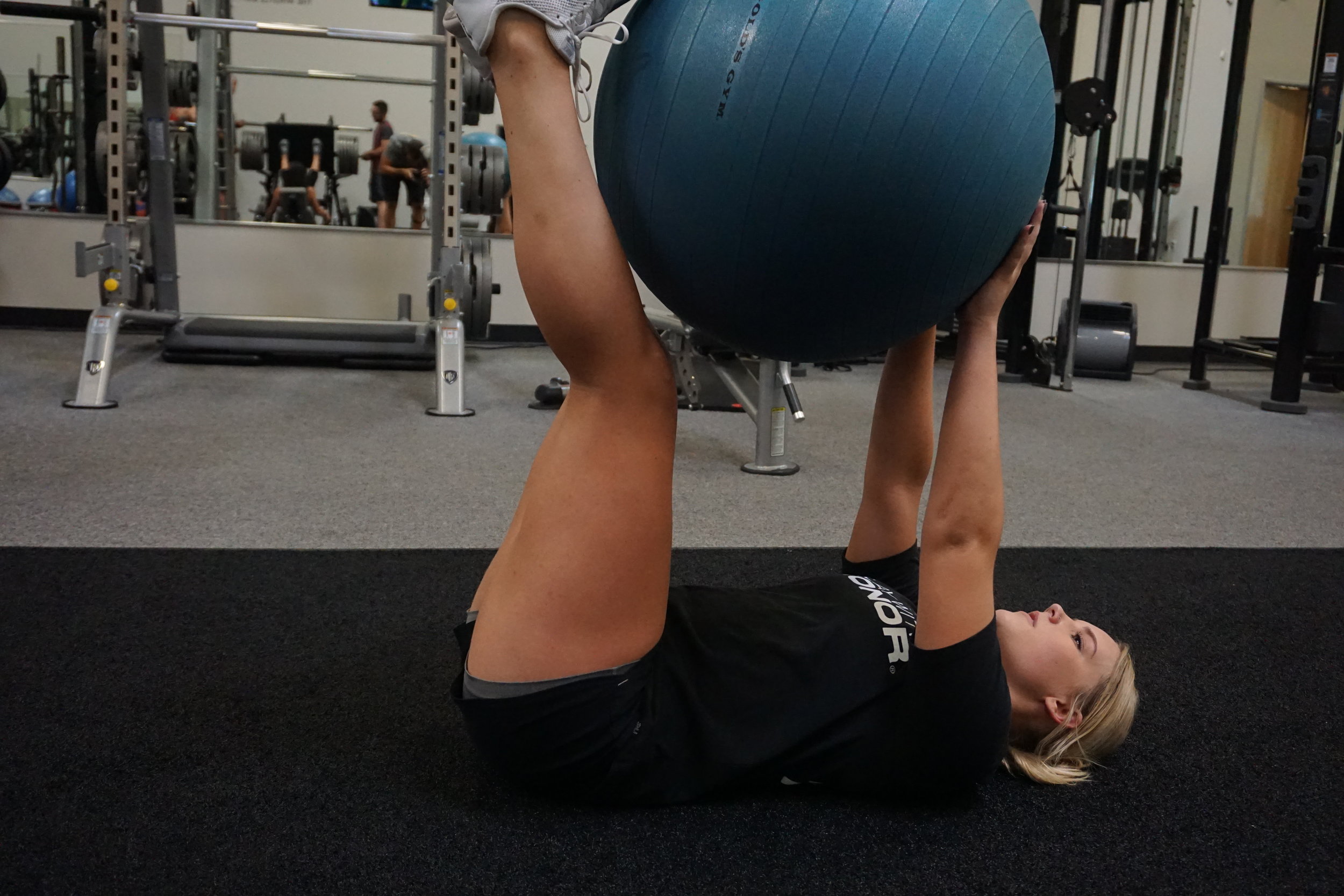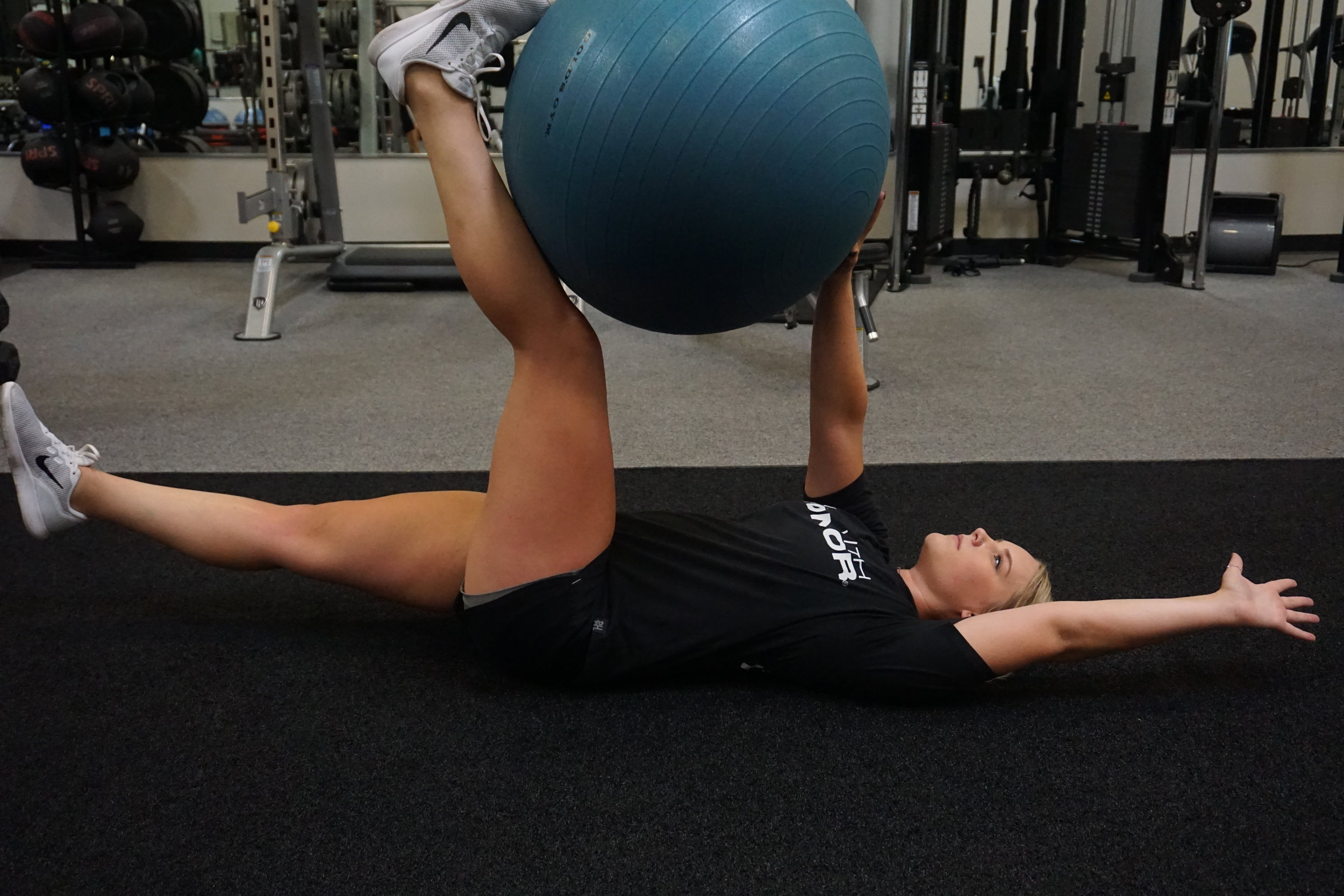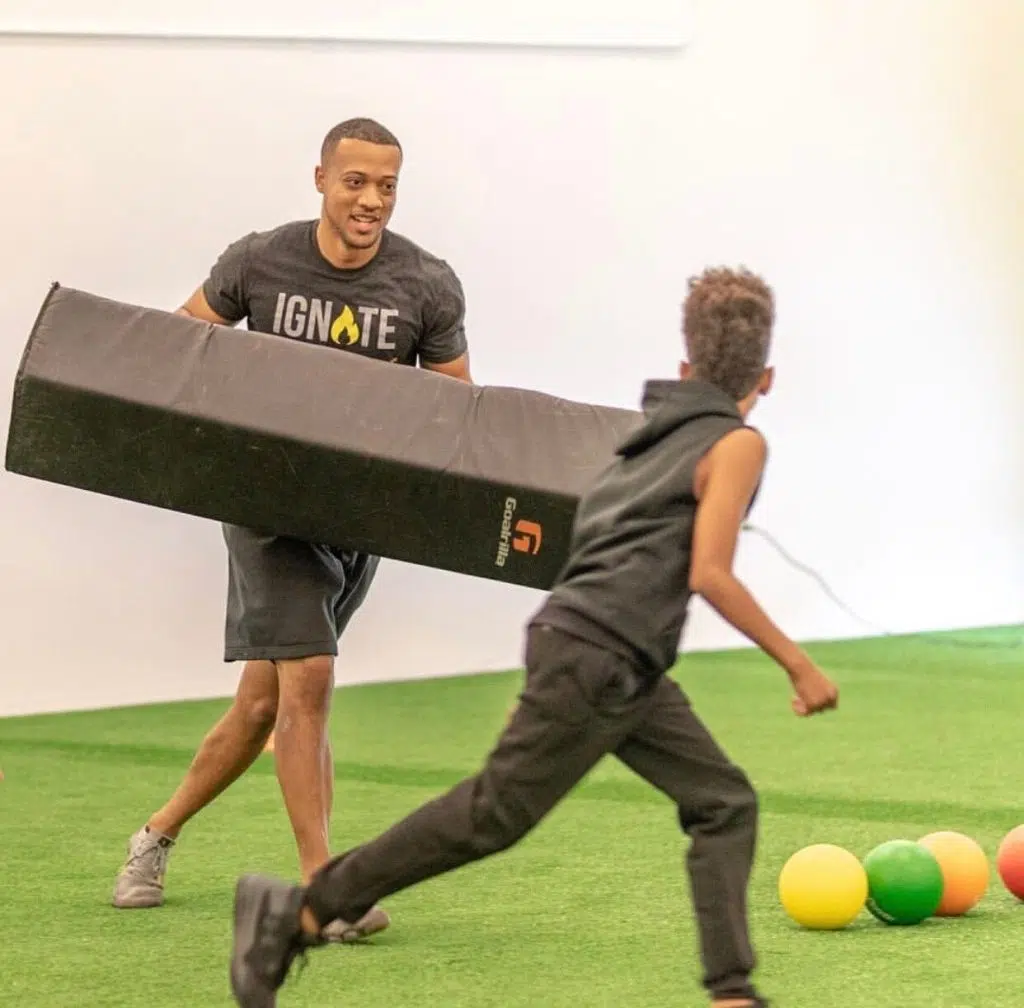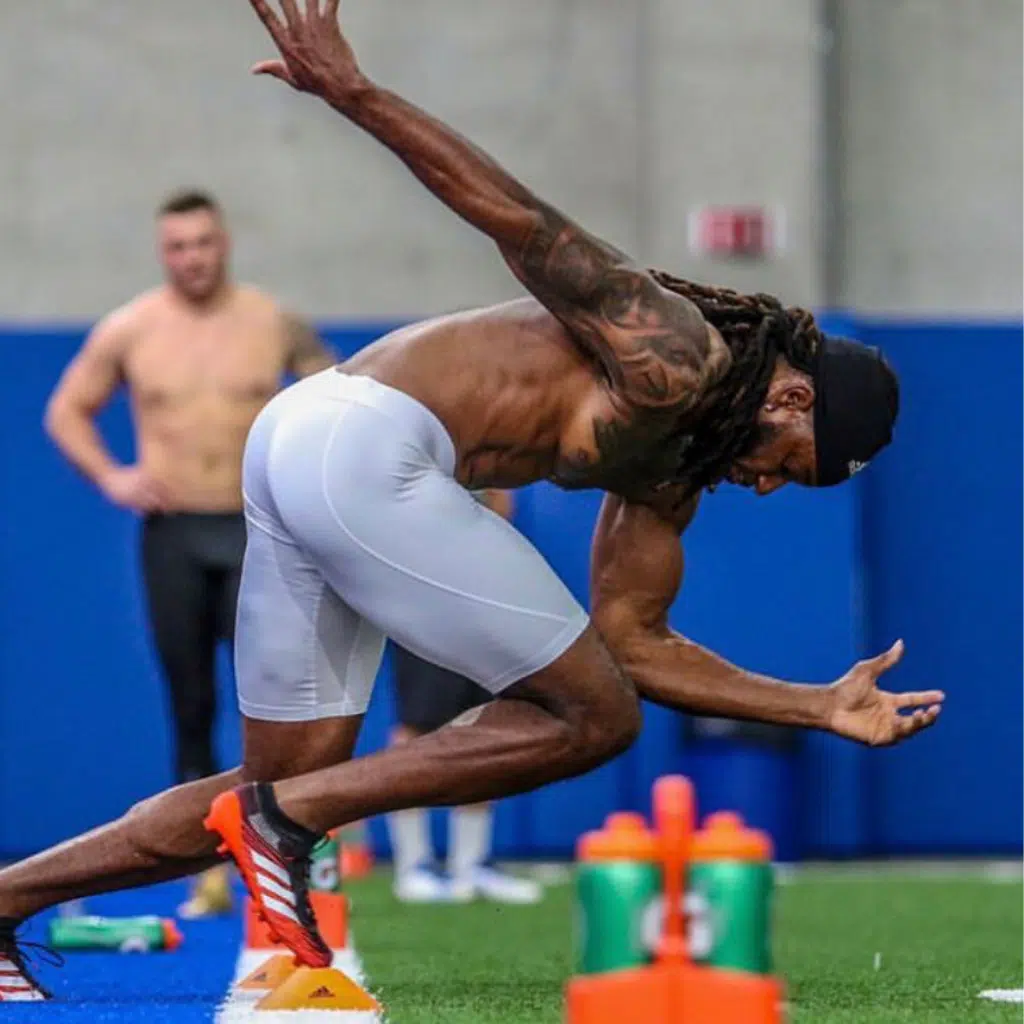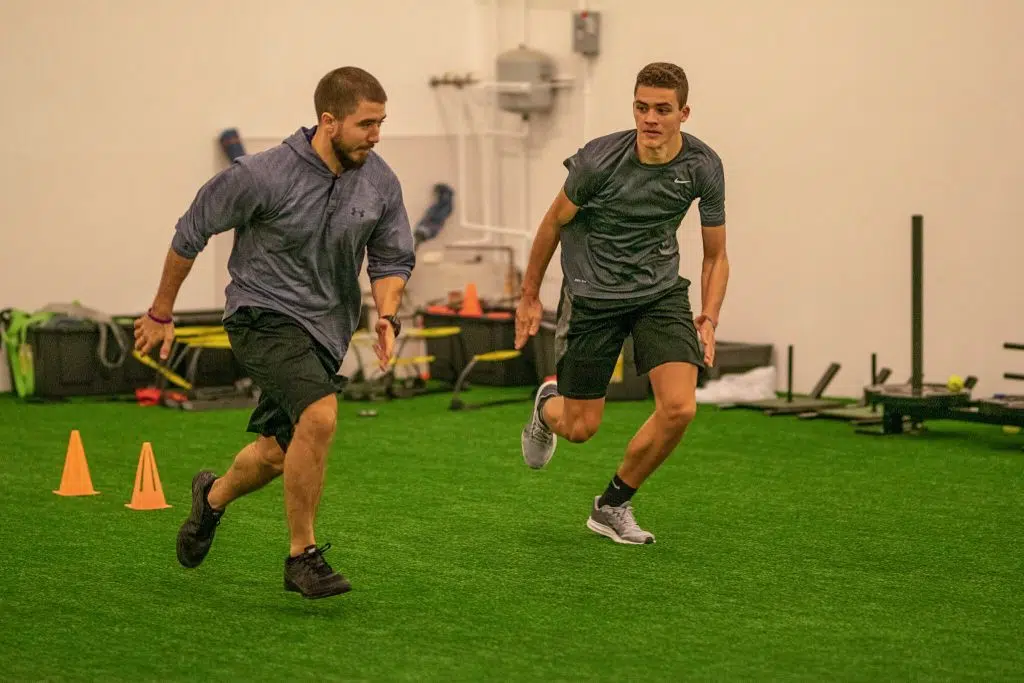As the fitness and sports performance fields have evolved, so has the understanding of functional exercise. We are doing a better job of doing exercises that transfer to real life, and help us perform your best. But one area that is still lagging behind is core training.
There is a gross misunderstanding of how your core actually works. Tell me, how many times have you seen someone do a crunch on the football field? Or how many times have you done a sit up as your playing with your kids? I think it’s time we re-think core training, and start doing exercises that improve our quality of life, and our performance!
Understanding the Core
What Exactly is Your Core?
To better understand the core, we have to first understand exactly what we’re talking about. The word “core” is not synonymous with the word “abs”. When most people think of core, they think of the muscles that you can see in mirror. The South Beach muscles. When I say core, I’m basically talking about everything on your body from the top of your butt, up until bottom of your chest.. That includes back, obliques, and even lats.
What Does Your Core Do?
The following sentences are in bold because they are central to the entire purpose of this article.
Obviously contemplating why she’s doing sit ups
The core DOES NOT often act as a prime mover. But rather as a stabilizer as transferrer of force. The core also functions in 3 plans of motion.
So basically this means that all those sit ups and crunches done in one plan of motion have little transfer to how the core works in real life. If your body was a car, think of the core more as a set of breaks, rather than a gas pedal. So then it doesn’t make a whole lot of sense to train it as a prime mover. This make exercise like crunches, sit ups, and back extensions relatively useless.
Instead of using a muscle by muscle approach (b/c we’re not meatheads), let’s start by categorizing movements of the core differently.
Categorizing Core Stability
There are 3 categories of core stability exercises. The concept of all these exercises is to resist movement, and maintain posture (once again think breaks). There are many exercises that fit in these categories, and some that cross over and fit multiple. I’ve chosen to skip planks, since many of you are probably familiar with them.
Anti-Extension
The anti-extension category is a category of exercise that resist lumbar extension. The phrase “arching your back” is most commonly associated with extension. The most common exercise in this category would be a plank. The muscle most associated with these movement is the transverse abdominus.
EXERCISE:
Dead Bug w/ a Swiss Ball
This exercise is sneaky. It looks relatively benign, but is actually super challenging. I’ve had some of my strongest athletes do this one, and they are dying by set 2. They key with this one is DEEPLY engage your core and think about keeping a neutral spine. You do not want your lumbar spine extending, or arching off the ground too much.
This one can be done with out a ball as well, but the ball engages core in a more intense way.
HOW TO DO IT:
- Lie on your back with core engaged, applying pressure to the ball.
- Take your opposite leg and arm away from each other while keeping a neutral spine pressure into the ball.
- Note: The further your limbs get away from your body, the more difficult the exercise is.
- Alternate Sides. Do 3 sets of 10 reps.
Anti-Lateral Flexion (side bend)
This category basically means resisting the body moving side to side, or in the lateral plane. Think of a running back making lateral cut. If his core isn’t strong, then his body will sway and his movement will be ineffective.
EXERCISE:
Single Arm Farmers Walk
This one is a variation on a classic. This one is great not only because it is challenging, but because it is easy to learn and straightforward. The key with this one is keep your posture as upright as possible. The whole time trying to not to let the weight pull you to it’s side, or compensate by leaning away.
HOW TO DO IT:
- Start with a dumbbell or a kettlebell in one hand (go heavy).
- Walk forward as straight as possible while keeping tall, straight posture.
- On your way back switch hands.
- For extra difficulty, move the weight slightly away from your body
- Do 3 sets of at least 15 yards.
Anti-Rotation
This category resists core rotation. The muscle most associated with this movements are the obliques, but transverse abodimus, and even pecs are in play here. Think of a tennis player rotation her racket back to strike the ball.
EXERCISE:
Palloff Press
This exercise can be done with a cable or a band. There are multiple variations of this exercise, and I use them frequently. The key with this one is to keep your hands in the middle of you chest for the entire duration of the exercise.
HOW TO DO IT:
- Position your body parallel to the cable or band and step a few feet away.
- Start with the cable close to your body, right in the middle of your chest.
- Engage your core, and press the cable straight out in front of you.
- The cable should not deviate from it’s original line
- Note: The more straight your arms are, the harder it is.
- Do 3 sets of 10 reps.
So there you have it, you’re new starting point for training your core. I say starting point because the possibilities are endless. All you have to do is understand the basic concepts, and you can start training your core the way it meant to be trained!



